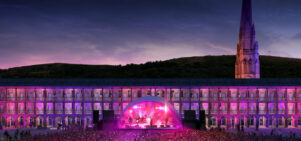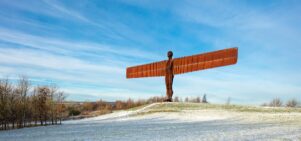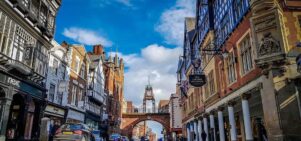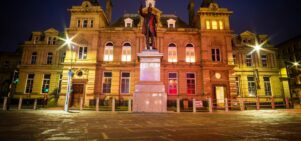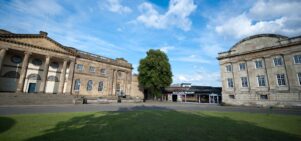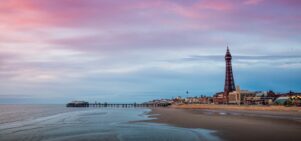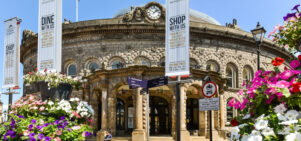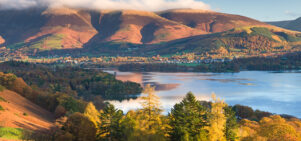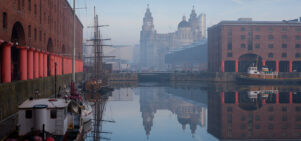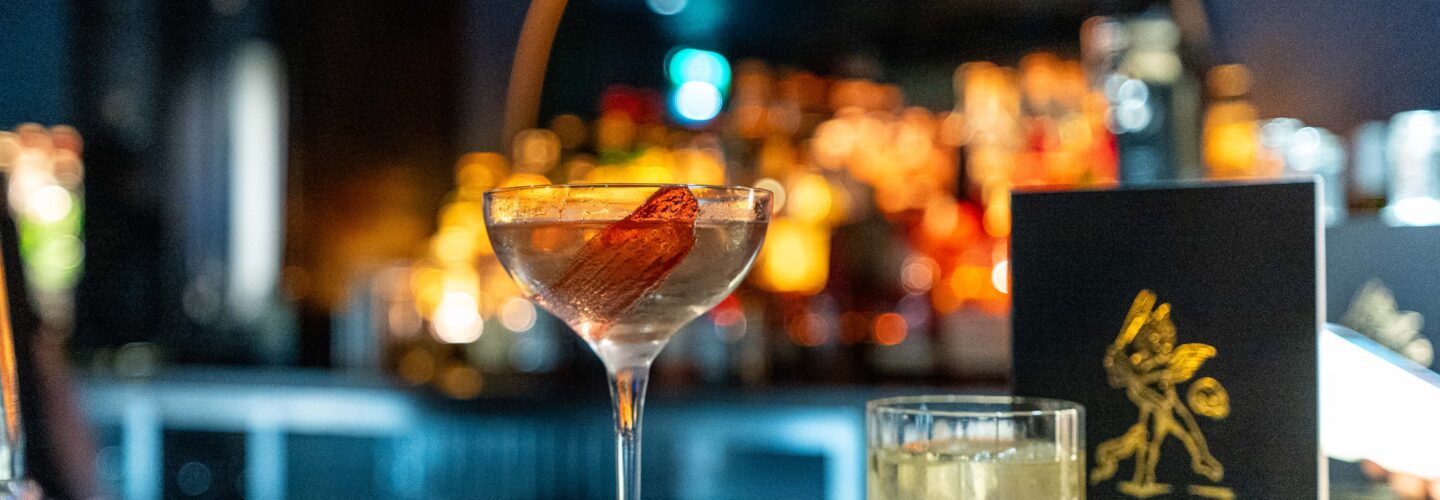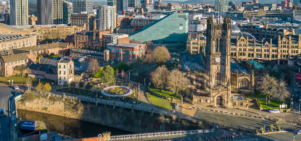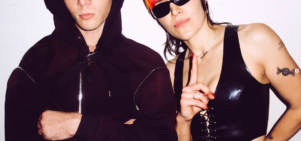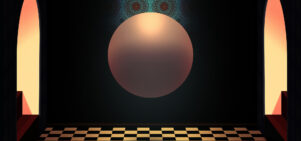The Whitworth’s summer season: you don’t know what you’ve got ‘til it’s gone
Susie StubbsWith closure imminent, the Whitworth wheels out the big guns – Picasso, Dürer, Blake, Freud, Turner and friends.
There’s something to be said for saving the best until last. That’s the thinking behind the Whitworth’s summer season, a clutch of exhibitions that opened simultaneously, and whose list of contributing artists reads like an art world’s who’s who. Work by Pablo Picasso, Albrecht Dürer, William Blake and Toulouse-Lautrec hangs on the Whitworth’s walls, alongside pieces by Paul Klee, Lucian Freud, Edvard Munch… and that’s just for starters.
These six summer shows are part of the gallery’s long goodbye: the much-loved red brick institution shuts its doors for building work in September and won’t re-open until next summer. It’s the first time the gallery has closed in its 124-year artistic life. “Endings are always difficult,” writes director, Maria Balshaw, a woman whom you wouldn’t really expect to bow out quietly. So although the closure is only temporary, Balshaw and her team have brought out the big guns to wave the old gallery off. If you know the Whitworth at all, you’ll know its collection is one of the best outside London. But even we didn’t fully appreciate just how good that collection really is. Until now.
Let’s start with Continental Drift, an exhibition that tackles disparate themes by numerous European artists: family life, social unrest, myth and belief. An austere etching of an impoverished family by Pablo Picasso is shown in the same display as a Lucian Freud self-portrait, close by a rural scribble by Vincent Van Gogh. In one room, the near black walls serve as a foil for pools of light that shine on a cycle of 500 year-old etchings by Albrecht Dürer. That same light picks out Solaris III, an outsized, contemporary woodcut by Christiane Baumgartner. Here, the image of the autobahn is at once instantly familiar and wonderfully abstract, its grainy contours created by a process that involved both Photoshop and hand-cut wood prints. In the following room, the roll call of stellar artists continues, and works by Pissaro, Degas and Gaugin are only topped by a staggering, overworked and emotionally charged etching of the crucifixion by Rembrandt. Yes, Rembrandt.
It’s hard to be anything other than overwhelmed; the correct response surely being O.M.G
It is hard when faced with so many greats to be anything other than overwhelmed. The correct response to this sort of exhibition can only be “O.M.G.” Yet because the works are drawings and etchings – surely the least shouty of all visual art forms – there is another response, too, one that’s slightly less Jeremy Kyle. It is one of hope. Despite the squalor of human life depicted in so many of these works, misery and poverty are somehow overcome by a determination to find the good, whether via religious belief and tales of survival – Picasso’s poverty-stricken family remaining just that, for example, a tight family unit – or via an artist’s ability to turn something as mundane as a motorway into a thing of beauty.
Religion and repetition appear elsewhere, too. Downstairs, William Blake, Anish Kapoor and JMW Turner are grouped into a show called Revolutionary Light, Blake’s fire-and-brimstone watercolours close by Kapoor’s womb-like etchings. A few steps away, a back wall is lined by Pavel Büchler’s diary pages. The artist wrote his diary on twelve pages, allocating himself just one page per month, each day’s entry overwritten by the next. His innermost thoughts and desires have been obliterated by an almost OCD-like overwriting, words overlaying words until all that’s left is a blue-black biro sheen. An oil slick of thoughts lie slickly on the surface of each sheet, and no matter how close we look, we’re none the wiser as to what’s going on in Büchler’s mind. The artist apparently wants us to think about how text functions as both language and as a visual device, and the repetition of page after page, framed and displayed one after the other in a taut line, is certainly visually rhythmic. Yet Büchler also leaves us feeling cheated, showing us up for the sneaky little voyeurs we inevitably are. Even in the city, we’re never far from acting like village gossips – “you’ll never guess what Pavel wrote the night he won the Northern Art Prize” would have been such a gift – and Büchler’s diary pages are a clever way of reminding us of that.
Elsewhere, newly acquired wallpapers and a monumental sculpture by Alison Wilding remind us of the Whitworth’s continuing buying habits, while the three-dimensional works by artists such as Victor Pasmore that are on display in the South Gallery look curiously fragile. The gallery calls these little boxes and protruding bits of plastic and wood “architectural forms”, yet they are dwarfed by the clank and din of the real-life building work that, behind partitioned walls, has already begun and will eventually double the Whitworth’s size.
Perhaps that’s the point. In all of these shows, big sits next to small. Big names create small, quiet etchings. Büchler’s big ideas are reduced to an illegible scrawl. God throws thunderbolts from William Blake’s cloud while Victor Pasmore creates miniature modernist models from Perspex and wood. And what felt like a perfectly formed Whitworth is about to be overshadowed by what will follow: a larger gallery space, and, if Maria Balshaw and her team have anything to do with it, one with no less ambition. So perhaps the best hasn’t been saved until last after all. Maybe it’s more a case of you ain’t seen nothing yet.

